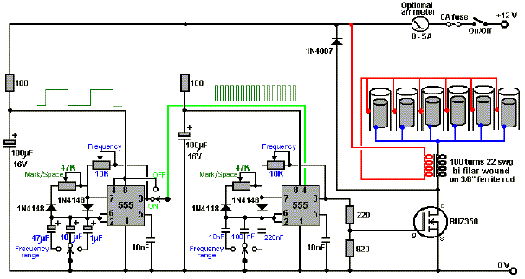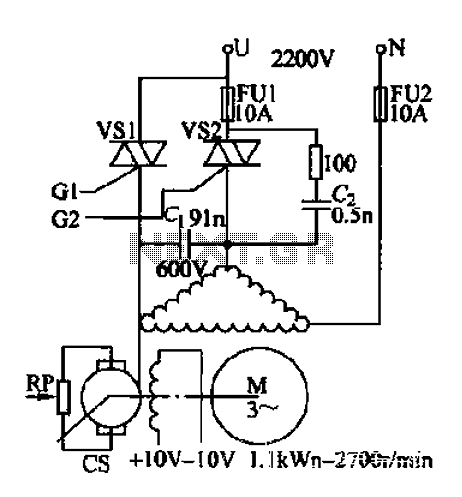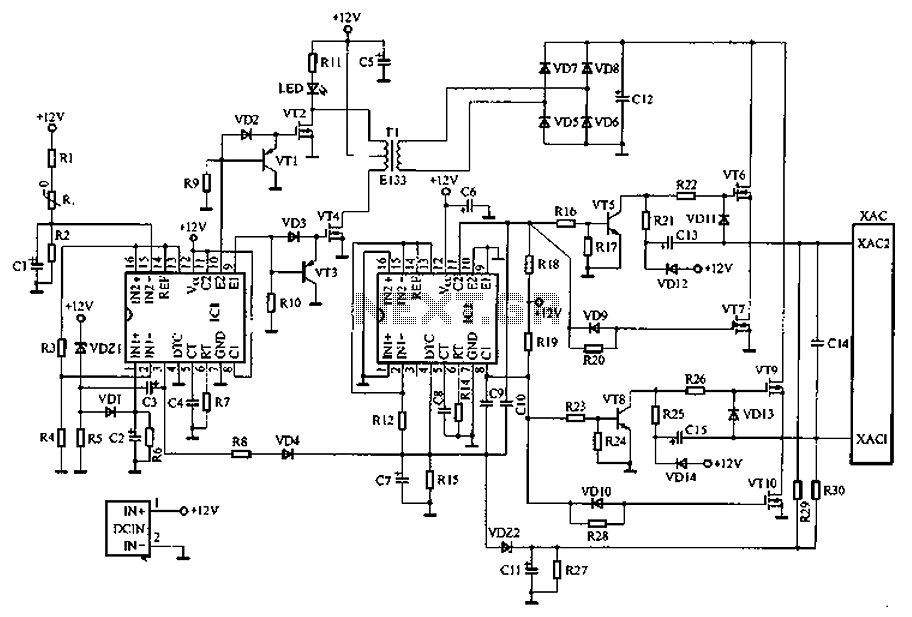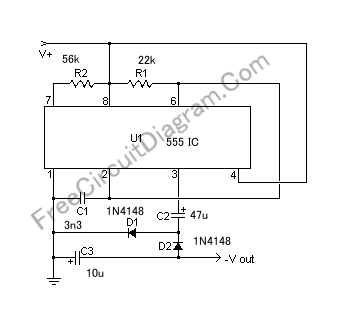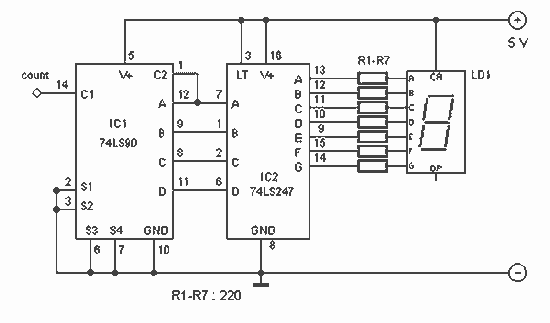
USB FM Transmitter circuit
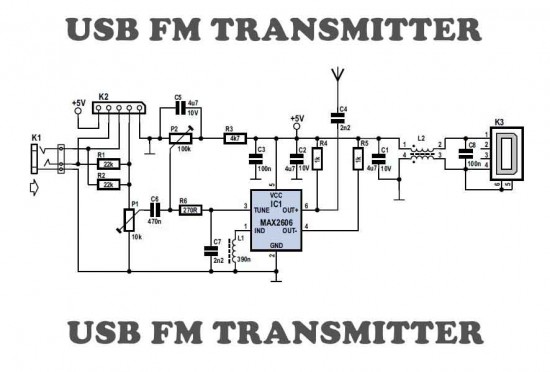
This is a simple USB FM transmitter designed to play audio files from an MP3 player or computer on a standard VHF FM radio.
The USB FM transmitter operates by converting audio signals from a digital source, such as an MP3 player or a computer, into radio frequency signals that can be transmitted over the VHF FM band. The key components of the circuit include a USB power supply, an audio input stage, a modulator, and an antenna.
The power supply section typically utilizes a USB connector to provide 5V DC, which is a standard voltage for USB devices. This power is essential for operating the transmitter's circuitry.
The audio input stage receives the audio signal from the MP3 player or computer through a 3.5mm audio jack. This signal is then conditioned for modulation, ensuring that it is at the appropriate level and impedance for the transmitter.
The modulator is the heart of the FM transmitter, where the audio signal is combined with a carrier frequency. This is usually achieved using a frequency modulation technique, which allows the audio signal to vary the frequency of the carrier wave. Commonly, a transistor or an integrated circuit is used for this purpose, which can efficiently modulate the signal while minimizing distortion.
Finally, the antenna is crucial for radiating the modulated signal into the air, allowing it to be picked up by standard VHF FM radios. The design of the antenna can vary, but a simple wire antenna is often sufficient for short-range transmission.
Overall, the USB FM transmitter is a practical solution for wirelessly transmitting audio from digital devices to conventional FM radios, providing a versatile option for audio playback in various settings.Here is a simple USB FM transmitter that could be used to play audio files from an MP3 player or computer on a standard VHF FM radio by connecting it to an. 🔗 External reference
The USB FM transmitter operates by converting audio signals from a digital source, such as an MP3 player or a computer, into radio frequency signals that can be transmitted over the VHF FM band. The key components of the circuit include a USB power supply, an audio input stage, a modulator, and an antenna.
The power supply section typically utilizes a USB connector to provide 5V DC, which is a standard voltage for USB devices. This power is essential for operating the transmitter's circuitry.
The audio input stage receives the audio signal from the MP3 player or computer through a 3.5mm audio jack. This signal is then conditioned for modulation, ensuring that it is at the appropriate level and impedance for the transmitter.
The modulator is the heart of the FM transmitter, where the audio signal is combined with a carrier frequency. This is usually achieved using a frequency modulation technique, which allows the audio signal to vary the frequency of the carrier wave. Commonly, a transistor or an integrated circuit is used for this purpose, which can efficiently modulate the signal while minimizing distortion.
Finally, the antenna is crucial for radiating the modulated signal into the air, allowing it to be picked up by standard VHF FM radios. The design of the antenna can vary, but a simple wire antenna is often sufficient for short-range transmission.
Overall, the USB FM transmitter is a practical solution for wirelessly transmitting audio from digital devices to conventional FM radios, providing a versatile option for audio playback in various settings.Here is a simple USB FM transmitter that could be used to play audio files from an MP3 player or computer on a standard VHF FM radio by connecting it to an. 🔗 External reference
Warning: include(partials/cookie-banner.php): Failed to open stream: Permission denied in /var/www/html/nextgr/view-circuit.php on line 713
Warning: include(): Failed opening 'partials/cookie-banner.php' for inclusion (include_path='.:/usr/share/php') in /var/www/html/nextgr/view-circuit.php on line 713
